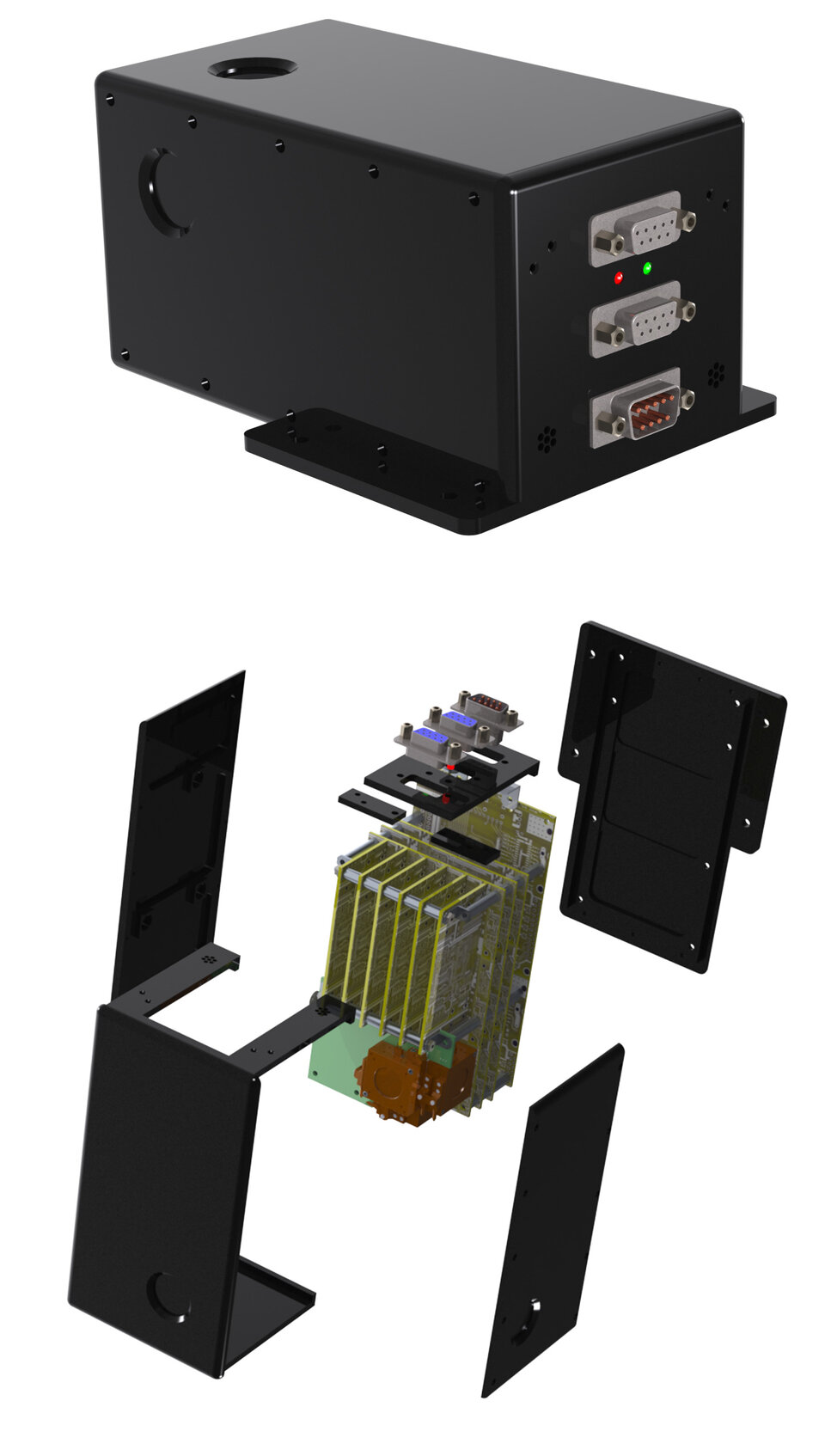TRITEL Telescope Dosimeter
The TRITEL team consists of two PhD students and three MSc Students. They are developing a 3D-dosimeter for ESEO to measure the dynamic radiation above the Earth’s atmosphere.
Looking to the future of Europe's manned space missions to explore the Near-Earth Region

One of the many risks of long duration spacefight (e.g. International Space Station expeditions, satellite flights, future lunar or Mars missions, etc.) is the excessive exposure to cosmic radiation. The dose in orbit may be hundreds of times higher than at Earth’s surface. Due to significant spatial and temporal changes in the cosmic radiation field, measurements with advanced instruments on space vehicles and satellites are extremely important to study the special, anomalous regions (such us the South Atlantic Anomaly) and describe in more detail the effects of solar activity. For this reason the Centre for Energy Research at the Hungarian Academy of Sciences started developing a three dimensional silicon detector telescope (TRITEL) with uniform sensitivity. The instrument, which comprises three mutually orthogonal, fully depleted PIPS detector pairs, is capable of providing directional dependent measurement of the radiation environment. The ESEO TRITEL Team is working on an adapted version. It will be able to perform onboard operations for a minimum of 6 months. In order to reach this development level, several technological aspects have had to be reviewed and changed based on simulations and testing results. At the moment the development is at qualification level with the engineering qualification model undergoing testing. The main objective of the ESEO-TRITEL payload is to study the cosmic radiation environment from a dosimetric point of view during the ESEO satellite’s orbit. It will look for the effects of solar activity and give more detailed information on special cosmic radiation regions (such as the Polar Region and the South Atlantic Anomaly).

All the students involved in this project are doing their mandatory university laboratory lessons with the ESEO-TRITEL project and gaining academic credits for it. There is an official ESEO-TRITEL website.
TriTel team page.
Contact
Prof. Balázs Zábori, MTA Centre for Energy Research
zabori.balazs@energia.mta.hu

